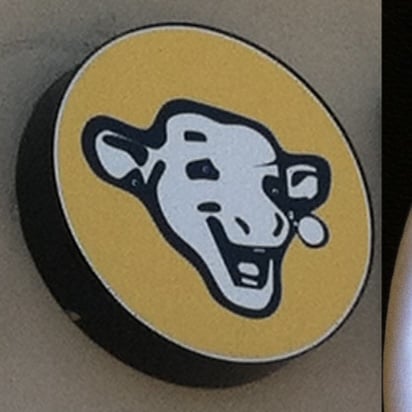

Yeah but that chart accounted for deaths per distance driven and the bit about speed enforcement and the autobahn was to challenge your assumption that people in the US drive faster on average because people here speed so much they have to be exceeding the limit by a good amount before the cops even blink at them.










It’s generally not as heavy because the layer is just reinterpreting API calls while the user code still runs natively. On a browser running JavaScript, it’s using an interpreter for every line of code. Depending on the specifics, it could be doing string processing for each operation, though it probably only does the string processing once and converts the code into something it can work with faster.
Like if you want to add two variables, a compiled program would do it in about 4 cpu instructions, assuming it needed to be loaded from memory and saved back to memory. Or maybe 7 if everything had a layer of indirection (eg pointers).
A scripting language needs to parse the statement (which alone will take on the order of dozens of cpu instructions, if not hundreds), then look up the variables in a map, which can be fast but not as fast as a memory load or two, then do the add, and store the result with another map lookup. Not to mention all of the type stuff being handled at run time, like figuring out what the variables are and what an add of those types even means, plus any necessary conversions. I understand that JavaScript can be compiled and that TypeScript is a thing, but the compiled code still needs to reproduce all of the same behaviour the scripting language does, so generic functions can still be more complex to handle calling and return conventions and making sure they work on all possible types that can be provided. And if they are using eval statements (or whatever it is to process dynamically generated code), then it’s back to string processing.
Plus the UI itself is all html and css, and the JavaScript interacts with it as such, limiting optimizations that would convert it into another format for faster processing. The GPU doesn’t render HTML and CSS directly; it all needs to be processed for each update.
For D3D to Vulkan, the GPU handles the repetitive work while any data that needs to be converted only needs to happen once per pass through the API (eg at load time).
That browser render stuff can all be done pretty quickly on today’s hardware, so it’s generally usable, but native stuff is still orders of magnitude faster and the way proton works is much closer to native than a browser.